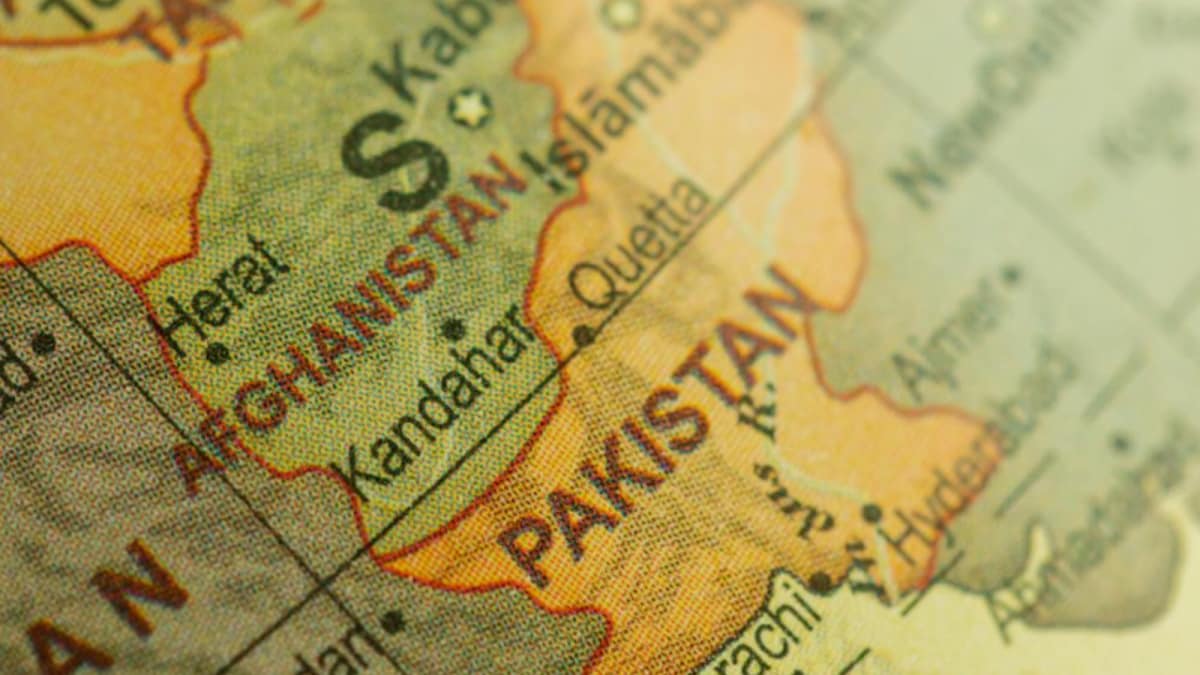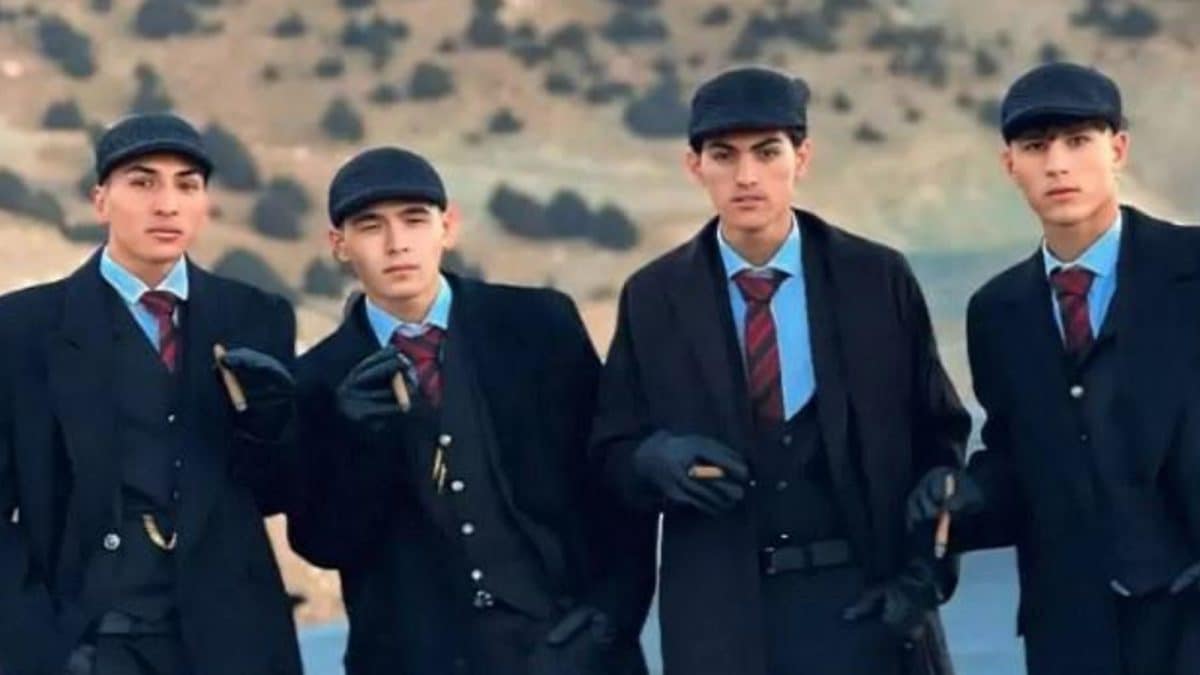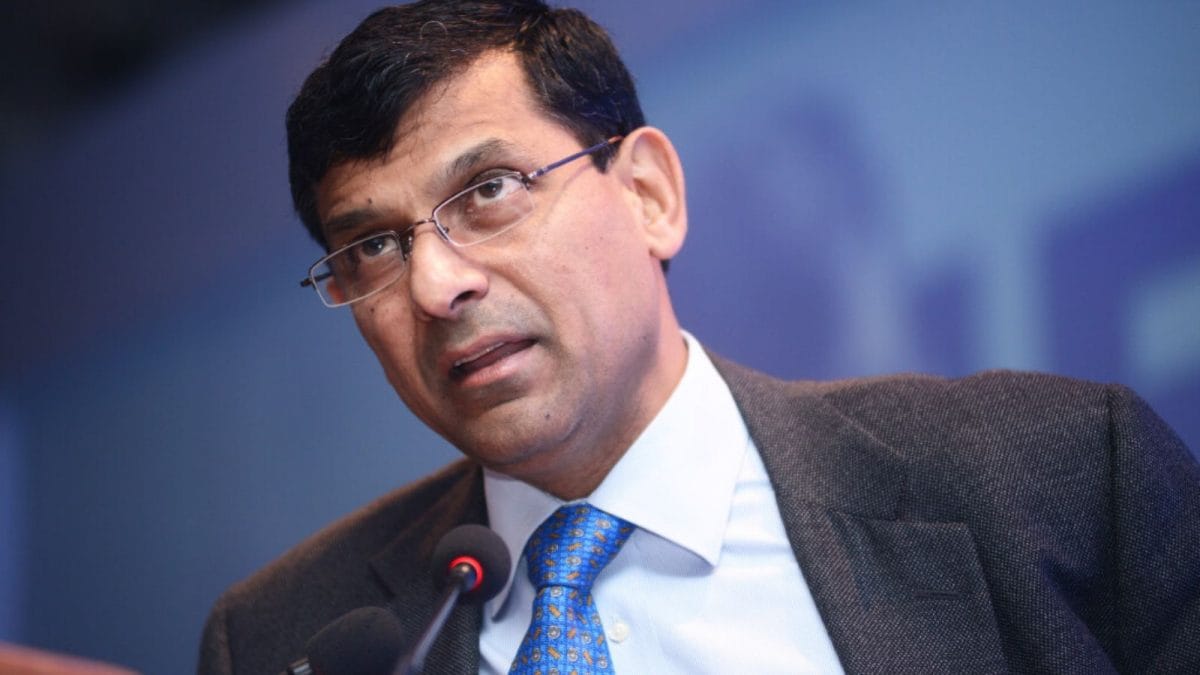Last Updated:November 12, 2025, 15:28 IST
Iran’s worsening water crisis has left major cities like Tehran and Mashhad on the edge, with reservoirs drying up and rainfall at record lows

The Amirkabir dam following a drought crisis in Tehran, Iran, November 11, 2025. (WANA via REUTERS).
Iran is confronting one of the gravest water shortages in its recent history, a crisis that has brought the capital Tehran and the holy city of Mashhad to the edge of severe rationing and, in the worst-case scenario, potential evacuation. This environmental emergency, decades in the making, is now exacerbated by an unprecedented drought, record-low rainfall, mismanaged infrastructure, and unsustainable agricultural practices.
Iranian officials have announced water rationing in Tehran, citing extremely low rainfall levels. Mohsen Ardakani, the head of the Tehran Water and Wastewater Company, on Saturday said the city had recorded only 159 millimetres of rainfall over the past year.
To manage the limited reserves, authorities have begun reducing water pressure in Tehran overnight, from midnight until morning, a move aimed at reducing urban leakage and giving time for city reservoirs to refill, according to Isa Bozorgzadeh, an Iranian government spokesperson.
Iranian President Masoud Pezeshkian has cautioned that water rationing alone may not be enough to address the crisis, and said Tehran residents might have to evacuate if rainfall remains insufficient and conditions continue to deteriorate.
How Bad Is The Situation In Tehran And Mashhad?
The scale of the crisis is unprecedented. The Iranian Water Resources Management Company revealed in October that 19 major dams, roughly 10 per cent of the country’s total reservoir capacity, had already run dry.
Tehran, home to over 10 million residents, is now facing a potentially catastrophic shortfall. Of the five major dams that supply the city, one is almost empty and another is operating at less than 8 per cent capacity, AFP reported. The Amir Kabir Dam on the Karaj River held only 14 million cubic litres of water, enough to last less than two weeks, while daily consumption in the province was estimated at 3 million cubic litres per day.
Further east, Mashhad, Iran’s second-largest city and a major religious centre, is nearing complete water depletion. On Sunday, Hossein Esmaeilian, managing director of the Mashhad Water and Wastewater Company, told state media that the water reserves of Mashhad’s dams have now dropped to below 3 per cent. The reservoirs currently supply just 1,000 to 1,500 litres per second, while the city’s daily demand stands at 8,000 litres per second, highlighting a severe and immediate deficit.
The total precipitation in Mashhad county this year was a mere 0.4 millimetres, compared to 27 to 28 millimetres last year, Esmaeilian added.
Why Has Iran Reached This Breaking Point?
Iran’s current predicament is not a sudden development but the result of decades of policy decisions and environmental degradation. While the immediate trigger is a lack of autumnal rainfall, it follows an extremely dry summer marked by intense heatwaves, with temperatures rising above 40°C in Tehran and over 50°C in other regions, and widespread power outages.
But Iranian scientists and experts argue that poor water management has worsened the drought’s impact. Kaveh Madani, an Iranian-origin climate scientist, has long criticised Iran’s approach to water management. In a 2016 academic paper, he highlighted decades of policy failures such as excessive dam-building, unauthorised well drilling, and inefficient farming practices. The study argued that these decisions had severely depleted Iran’s groundwater, damaged wetlands and rivers, and worsened desertification across the country.
A later profile by Reuters noted that Madani has also criticised the Iranian government for shifting blame to climate change and Western industrial nations, while ignoring its own policy failures.
What Role Have Infrastructure And Agriculture Played?
Iranian Energy Minister Abbas Ali Abadi has attributed Tehran’s current water challenges partly to infrastructure problems, including significant leakage across the capital’s ageing supply network. He also referred to flooding in northern Tehran in June, which he linked to Israeli strikes during that period, according to the BBC. Strikes on northern Tehran are believed to have led to heavy flooding.
In recent weeks, Abadi announced nightly water cuts across the country and advised residents to install water storage systems at home. However, he acknowledged that the cost of such systems could be prohibitive for many families.
Tehran has also faced long-term strain from the overuse of underground resources. The NYT reported that the city is sinking by as much as 300 millimetres annually due to excessive groundwater extraction, a rate roughly 60 times higher than what experts consider safe for infrastructure stability.
More broadly, over 90 per cent of Iran’s total water usage is linked to agriculture. Researcher Sanam Mahoozi on The Conversation said, “Many of Iran’s iconic lakes have turned into a bed of salt."
What Steps Are Iranian Authorities Taking To Respond?
In the short term, Iran’s Energy Ministry has turned to cloud seeding to induce rainfall. The method involves dispersing particles like silver iodide into existing clouds to encourage precipitation. While the technique has been attempted in other countries, including India, scientists remain sceptical about its success rate. For cloud seeding to work, clouds must already contain at least 50 per cent moisture. Without that, no rain can be artificially induced.
Meanwhile, Iranian leaders have also floated the idea of relocating the capital city. President Pezeshkian has suggested that moving Tehran southward to the Persian Gulf, where there is greater access to open water, might be the only long-term solution if current shortages worsen.
What Are The Broader Implications Of The Crisis?
Beyond domestic hardship, Iran’s water crisis could have ripple effects across the region. The country is a major food producer, and a prolonged drought could impact food security not just within Iran, but in neighbouring countries that rely on Iranian exports.
The strain on shared river basins, some of which cross into other West Asian nations, also raises the possibility of increased regional tensions over water rights.
In the meantime, public trust is wavering, with conspiracy theories gaining traction. On social media, some Iranians have claimed that countries like Turkey, the UAE, and Saudi Arabia are “stealing" Iran’s rain clouds. Officials have had to publicly refute these claims, stating through Iran’s Meteorological Organisation that “stealing clouds and snow isn’t possible."
Still, the fact that such beliefs are surfacing reflects growing desperation.
What Happens Next?
With no major rainfall forecast in the near term, provincial governments are reportedly preparing contingency plans. Hassan Hosseini, deputy governor of Mashhad, said authorities are reviewing a regional rationing plan that could take effect before the end of autumn if drought persists.
While authorities urge people to “pray for rain," scientists and experts argue that without sweeping reforms, both infrastructural and agricultural, Iran’s water crisis could become one of the most disruptive environmental disasters in its modern history.

Karishma Jain, Chief Sub Editor at News18.com, writes and edits opinion pieces on a variety of subjects, including Indian politics and policy, culture and the arts, technology and social change. Follow her @kar...Read More
Karishma Jain, Chief Sub Editor at News18.com, writes and edits opinion pieces on a variety of subjects, including Indian politics and policy, culture and the arts, technology and social change. Follow her @kar...
Read More
First Published:
November 12, 2025, 15:23 IST
News explainers Tehran May Be Evacuated: Inside Iran’s Alarming Water Crisis And What’s Fuelling It
Disclaimer: Comments reflect users’ views, not News18’s. Please keep discussions respectful and constructive. Abusive, defamatory, or illegal comments will be removed. News18 may disable any comment at its discretion. By posting, you agree to our Terms of Use and Privacy Policy.
Read More

 4 weeks ago
4 weeks ago

















